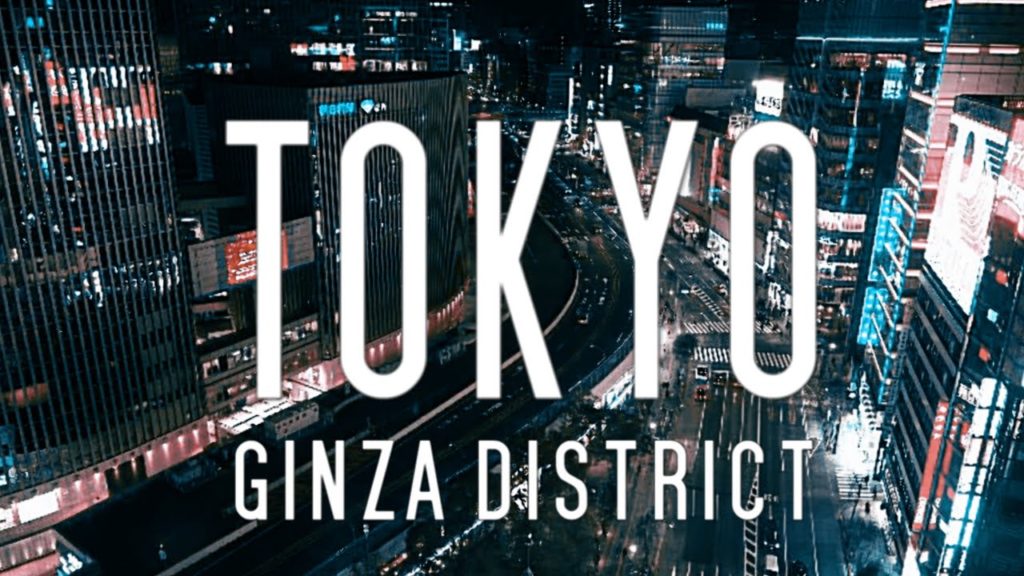GINZA DISTRICT, TOKYO, JAPAN (4K Tour) features stunning and spectacular aerial, walking, and drone video footage shot in the day and at night, great for travel, visit, vacation, and tourism planning set to original music. Ginza (Japanese: 銀座) is a district of Chūō, Tokyo, located south of Yaesu and Kyōbashi, west of Tsukiji, east of Yūrakuchō and Uchisaiwaichō, and north of Shinbashi. It is a popular upscale shopping area of Tokyo, with numerous internationally renowned department stores, boutiques, restaurants and coffeehouses located in its vicinity. It is considered to be one of the most expensive, elegant, and luxurious city districts in the world.
Ginza was a part of the old Kyobashi ward of Tokyo City, which, together with Nihonbashi and Kanda, formed the core of Shitamachi, the original downtown center of Edo (Tokyo).
Tokyo (Japanese: 東京, Tōkyō), officially the Tokyo Metropolis is the de facto capital and most populous prefecture of Japan. Located at the head of Tokyo Bay, the prefecture forms part of the Kantō region on the central Pacific coast of Japan’s main island of Honshu. Tokyo is the political and economic center of the country, as well as the seat of the Emperor of Japan and the national government. As of 2021, the prefecture has an estimated population of 13,960,236. The Greater Tokyo Area is the most populous metropolitan area in the world, with more than 37.393 million residents as of 2020.
Originally a fishing village, named Edo, the city became a prominent political center in 1603, when it became the seat of the Tokugawa shogunate. By the mid-18th century, Edo was one of the most populous cities in the world at over one million. Following the end of the shogunate in 1868, the imperial capital in Kyoto was moved to the city, which was renamed Tokyo (literally “eastern capital”). Tokyo was devastated by the 1923 Great Kantō earthquake, and again by Allied bombing raids during World War II. Beginning in the 1950s, the city underwent rapid reconstruction and expansion, going on to lead Japan’s post-war economic recovery. Since 1943, the Tokyo Metropolitan Government has administered the prefecture’s 23 special wards (formerly Tokyo City), various bed towns in the western area, and two outlying island chains.
Tokyo is the largest urban economy in the world by gross domestic product, and is categorized as an Alpha+ city by the Globalization and World Cities Research Network. Part of an industrial region that includes the cities of Yokohama, Kawasaki, and Chiba, Tokyo is Japan’s leading center of business and finance. In 2019, it hosted 36 of the Fortune Global 500 companies. In 2020, it ranked fourth on the Global Financial Centres Index, behind New York City, London, and Shanghai. Tokyo has the world’s tallest tower Tokyo Skytree and the world’s largest underground floodwater diversion facility MAOUDC. The Tokyo Metro Ginza Line is the oldest underground metro line in East Asia (1927).
Population:
• Total: 13,960,236
• Rank: 1st in Japan
• Density: 6,363/km2 (16,480/sq mi)
• Metro: 37,468,000 (2018, Greater Tokyo Area) 1st in the world
This description uses material from the Wikipedia article which is released under the ”
#GinzaDrone
#GinzaAerial
#GinzaVideo


AloJapan.com